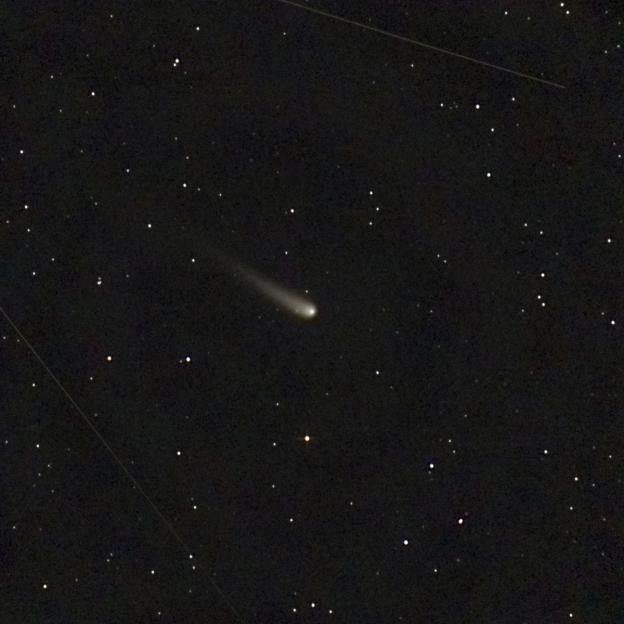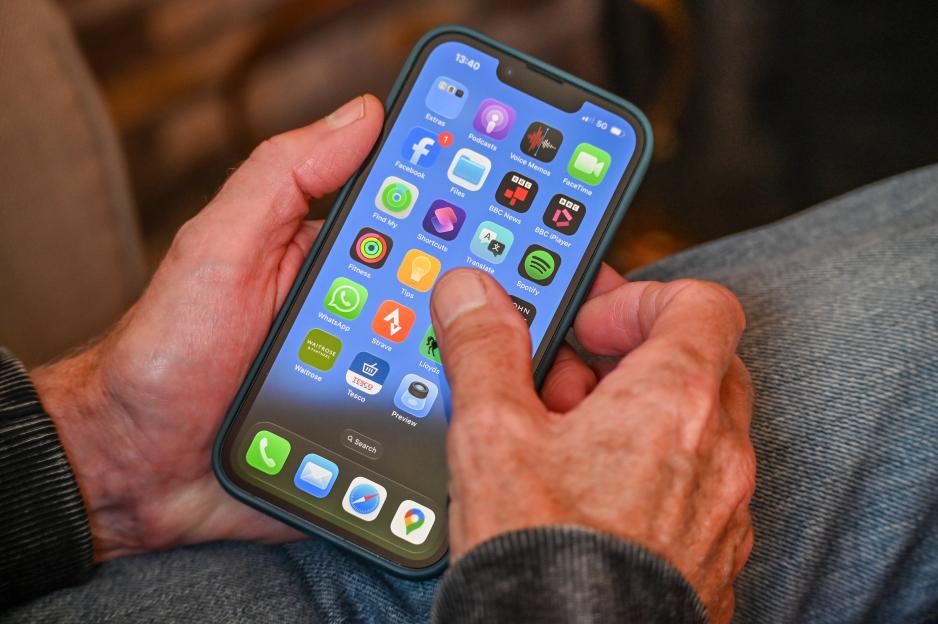CAPTAIN COOK’S ship, HMS Endeavour, which the adventurer used to explore Australia, has been identified after a 250 year long mystery.
The vessel was the , in 1770, and went on to circumnavigate the main islands of .
 Captain Cook used the Endeavour to circumnavigate the main islands of New Zealand
Captain Cook used the Endeavour to circumnavigate the main islands of New Zealand Just 15% of the wreckage remains
Just 15% of the wreckage remainsIt was then sold, and was last seen in the US in 1778, during the American War of Independence.
During the war, the ship was scuttled (intentionally sunk) to create a blockade to prevent French ships from entering the harbour and supporting the American forces.
And it has now been confirmed that a shipwreck off Newport Harbour, Rhode Island, USA, called RI 2394, is in fact the .
In a new report the Australian National Maritime Museum (ANMM) announced the verdict, after 25 years of studying the wreck.
“This final report is the culmination of 25 years of detailed and meticulous archaeological study on this important vessel”;, said museum director Daryl Karp.
“It has involved underwater investigation in the US and extensive research in institutions across the globe.”;
“This final report marks our definitive statement on the project.”;
The ship was hard to identify because anything that would have been of value, such as a bell, would have been stripped from the boat before it was intentionally sunk.
However, experts were able to determine that the shipwreck is the lost ship by comparing it with plans for the Endeavour.
For example, they discovered timbers which matched with the placement of the main and fore masts of the ship.
Additionally, measurements from the wreck corresponded to those taken during a 1768 survey of the ship.
Analysis of the ship’s wood also revealed that it had come from , which is consistent with records show that the Endeavour was repaired there in 1776.
ANMM archaeologist, Kieran Hosty, said: “We’ll never find anything on this site that screams Endeavour. You’ll never find a sign saying ‘Cook was here’.
“We will never see a ship’s bell with Endeavour crossed out and Lord Sandwich inscribed on it.
“We’ve got a whole series of things pointing to RI 2394 as being HMB Endeavour.
“The timbers are British timbers.
“The size of all the timber scantlings are almost identical to Endeavour, and I’m talking within millimetres â not inches, but millimetres.
“The stem scarf is identical, absolutely identical.
“This stem scarf is also a very unique feature â we’ve gone through a whole bunch of 18th-century ships plans, and we can’t find anything else like it.”;
However, the Rhode Island Marine Archaeology Project previously said the identification is “premature”; and has not yet ruled out that the Endeavour could be another shipwreck .
Only 15 percent of the ship remains and researchers are now focused on what to do to preserve it.
 Captain Cook was one of Britain’s most renowned explorers
Captain Cook was one of Britain’s most renowned explorers Scientists compared plans of the ship with the wreckage
Scientists compared plans of the ship with the wreckage







